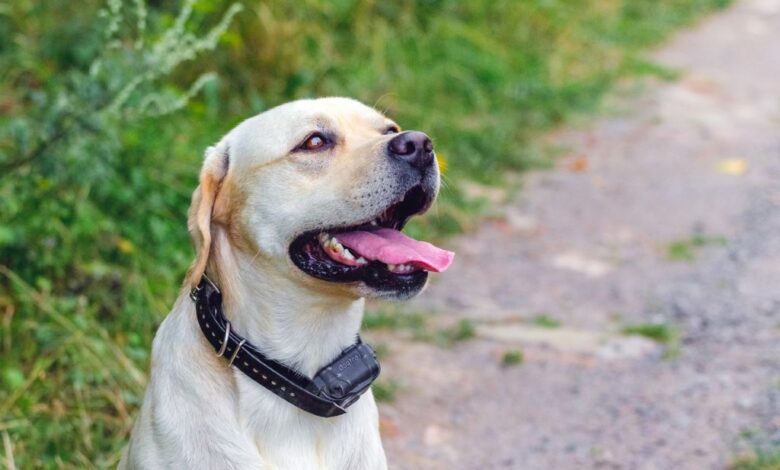How to Reset Your Dog Care Shock Collar: A Complete Guide

Shock collars, also known as e-collars or remote training collars, can be valuable tools for dog training when used responsibly. Occasionally, these collars may require a reset to function optimally. Whether you’re experiencing technical glitches, want to adjust settings, or are starting fresh with a new dog, knowing how to reset your shock collar is essential.
Understanding Shock Collars
Before embarking on the reset process, it’s important to grasp the concept of shock collars and their operation. These collars administer a gentle static stimulation, often likened to the feeling of a static shock from a doorknob, to your dog via metal contact points on the collar. This stimulation serves various purposes, such as reinforcing commands, deterring undesirable behaviors, or enhancing recall. Additionally, it’s worth considering shock collar waterproof features for durability and functionality. Read more about shock collars to understand their effectiveness and best practices for use.
Types of Dog Care Shock Collars
Dog Care offers various shock collar models, each with slightly different features and reset procedures. Common types include:
- Basic Remote Trainer: These typically have a remote and receiver collar with adjustable stimulation levels.
- Advanced Trainer: These may include additional features like vibration, tone, or multiple dog modes.
- Bark Collar: These are designed to specifically address excessive barking.

Related: Why Does Your Dog Scratch the Carpet?
Why Reset Your Shock Collar?
There are several reasons why you might need to reset your dog care shock collar:
- Troubleshooting: If your collar isn’t responding, pairing issues, or other technical problems.
- New Dog: Resetting allows you to start fresh with a new dog’s training settings.
- Changing Settings: If you want to adjust the stimulation levels or other features.
How to Reset Your Dog Care Shock Collar: Step-by-Step
The exact reset procedure may vary slightly depending on your specific Dog Care collar model. However, here’s a general guide:
- Turn Off the Collar: Locate the on/off switch on the receiver collar and ensure it’s turned off.
- Locate the Reset Button: Most Dog Care collars have a small reset button on the receiver. It might be hidden under a rubber cover or require a pin to press. Refer to your collar’s manual for the exact location.
- Press and Hold: Using a pin or similar object, press and hold the reset button. You might need to hold it for several seconds or until you see an indicator light flash.
- Release the Button: Once the indicator light flashes, release the reset button.
- Turn On the Collar: Turn the collar back on and observe the indicator light. A steady light typically means the collar is ready to pair with the remote.
- Pair with Remote: Follow the instructions in your collar’s manual to pair the remote with the receiver collar.
Additional Tips
- Consult the Manual: Always refer to the specific instructions for your Dog Care collar model. Manuals can be found online on the Dog Care website or through a quick search.
- Battery Check: Make sure both the remote and receiver collar have fresh batteries. Low batteries can cause malfunctions.
- Contact Dog Care Support: If you encounter difficulties or have questions, don’t hesitate to reach out to Dog Care customer support for assistance.
Important Considerations
- Responsible Use: Shock collars should only be used as a training aid under the guidance of a qualified dog trainer.
- Start Low: Always begin with the lowest stimulation level and gradually increase it only if necessary.
- Positive Reinforcement: Combine the use of a shock collar with positive reinforcement techniques like treats and praise for the best training results.
By following these steps and understanding how to reset your Dog Care shock collar, you’ll be well-equipped to continue your dog’s training journey effectively and safely.




